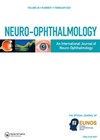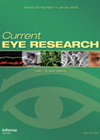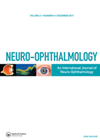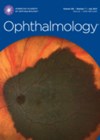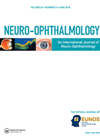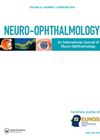
Journal Reviews
Case reports of neuro-visual consequences of mild COVID-19 in children
Neuro-visual involvement has been reported in numerous patients with severe SARS-CoV-2 disease, mainly among adult patients. In children, such involvement has been reported in rare cases, often in those presenting with severe forms of COVID-19. The aim of this work...
Practice patterns in managing exogenous endophthalmitis
The authors of this study conducted a global survey of medical institutions regarding management of exogenous endophthalmitis to assess current practice patterns for this sight-threatening emergency. Thirty-six (of 42 institutions) responded and were included in the analysis. Results were as...
Using optical coherence tomography angiography to detect MoyaMoya vasculopathy
Moyamoya (MM) disease is a chronic cerebrovascular disease that can lead to progressive stenosis of the terminal portions of the internal carotid arteries and their proximal branches. The authors carried out a cross-sectional cohort study to investigate vascular changes in...
Detailed overview of diplopia causes and outcomes for a single tertiary care centre
The purpose of this study was to study the aetiology, progression and outcome in patients with binocular diplopia presenting to the ophthalmology department of a tertiary care centre in India. The study had a prospective observational design where all patients...
Visual retraining for homonymous hemianopia following stroke
This is a clinical trial evaluating the efficacy of motion discrimination training as a potential therapy for stroke-induced hemianopic visual field defects involving 48 patients. They were randomised into two arms, one intervention (deficit-field) and one control (sighted-field). Patients were...
Association between neuro-ophthalmology signs and chronic ataxia in children
Neuro-ophthalmological signs (N-OS) occur commonly in children with chronic ataxia. This study describes the N-OS and their frequencies, in general and by specific disease aetiology in paediatric patients with chronic ataxia. In total, 184 patients under the age of 17...
Identification and diagnosis of thalamic haemorrhage
This paper presents a case of thalamic haemorrhage and discusses clinical findings, providing valuable insight into signs clinicians need to look for. The case presented is of a 76-year-old female who developed left hemiplegia and hemi anaesthesia. Ocular motility testing...

